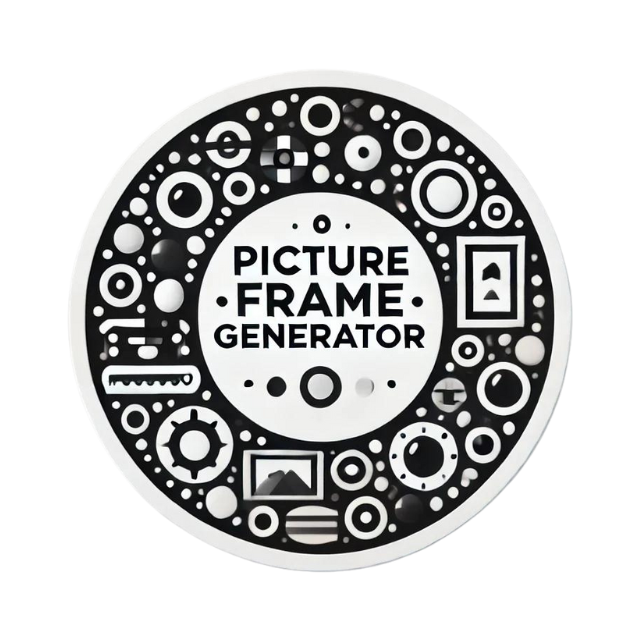Advanced Watercolor Techniques - Wet-on-Wet and Beyond
Unlock the enchanting world of watercolor with advanced techniques like wet-on-wet, where mesmerizing blends and dynamic textures transform your art into breathtaking masterpieces.

Advanced Watercolor Techniques: Wet-on-Wet and Beyond
Watercolor painting, with its ethereal blends and fluid forms, is a captivating medium that can both excite and challenge artists at all levels. For those who are not afraid to venture into its more intricate realms, advanced techniques offer a world of creative possibilities. One such technique, wet-on-wet, forms the crux of many watercolor masterpieces. Delving into this and other advanced watercolor techniques can significantly enhance an artist's skill, bringing a professional level of detail and expression to their work.
Watercolor Techniques: Building on the Basics
Understanding watercolor techniques requires an appreciation of the unique properties of this medium. Watercolors are transparent, allowing artists to build layers of color with results that can range from hauntingly soft to intensely vibrant. Before diving into advanced applications, it's important to have a solid foundation in the fundamentals, such as color theory, brush handling, and the foundational techniques of wet-on-dry, dry-on-dry, and wet-on-wet applications.
The ability to manipulate water and pigment opens a world of creative possibilities. Each stroke carries potential for discovery, as the water dries, leaving stunning, unpredictable patterns of color behind.
Wet-on-Wet: The Gateway to Dreamlike Landscapes
The wet-on-wet technique, also known as "wet-in-wet," involves applying color to a wet surface, whether it be paper or a previous layer of wet paint. This approach allows colors to blend seamlessly into one another, creating soft edges and transitions impossible with other techniques. It's particularly effective for painting skies, water, and natural scenes, where gentle gradients and organic forms are essential.
Mastering the Wet-on-Wet Technique
The secret to mastering wet-on-wet lies in controlling the water. Too much, and you'll find your colors running wild; too little, and the effect diminishes. Experienced artists know to dampen their paper evenly, ensuring consistent moisture that allows paint to flow without immediately soaking in. The nature of water control also means being mindful of external factors such as humidity and temperature, which can affect drying times and outcomes.
Once your paper is adequately wet, introduce pigment with a loaded brush. Watching as colors fuse and flow together can be both mesmerizing and slightly nerve-wracking. To harness this power, use it to create dynamic compositions that convey movement and depth. Whether you're painting a tumultuous ocean or a serene fog-laden valley, wet-on-wet's ability to mimic the natural world's fluidity is unparalleled.

Beyond Wet-on-Wet: Exploring Advanced Artistry
While wet-on-wet is an essential technique for any watercolor artist, advancing your artistry involves combining it with other sophisticated methods. Here are a few to consider:
Charged Brush Technique
This is an extension of wet-on-wet, where the brush is loaded with multiple colors that mix directly on the paper. This technique demands a keen sense of color harmony and quick decision-making, as the effects are spontaneous and potent, resulting in vibrant bursts of energy that can define focal points within a painting.
Glazing
Glazing involves layering thin washes of transparent color over a dry layer, offering depth and richness to the painting. This method is excellent for evoking atmospheric effects or building realistic shadows. Patience is key, as each layer must dry completely before the next is applied, ensuring clarity and luminosity.
Granulation and Texture
Achieving texture in watercolor can be transformative. Granulating paints have larger particles that naturally settle into the paper's nooks, creating a delightful texture. You can further enhance this by using textured paper or by sprinkling salt onto wet areas, allowing the crystals to suck up moisture and leave intriguing patterns once brushed away.
Bringing It All Together: Creating Cohesive Works of Art
The challenge of advanced watercolor techniques is in marrying them into a cohesive work of art. Each component should serve the painting’s overall composition and theme, whether it’s the dreamlike diffusion of wet-on-wet, the vibrant accents of charged brushes, or the ethereal quality imparted by glazing.
Practice and Experimentation
Practice is essential. Advanced artistry in watercolor comes from repeated trial and error, learning how pigments and water interact, and developing the intuition needed to predict and harness these interactions. Regular experimentation, perhaps in a sketchbook dedicated to technique tests, can provide invaluable insights and improve your skills over time.
The Artist's Mindset: Embracing the Unpredictable
One of the hallmarks of advanced watercolor artistry is relinquishing some control to achieve unexpected beauty. Watercolor is notorious for its unpredictability, a challenge that is also one of its greatest rewards. Embrace this unpredictability when using wet-on-wet and its advanced counterparts, letting go of fixed ideas to discover unique artistic revelations.
Conclusion: Elevating Your Watercolor Skills
Every watercolorist's journey is unique, driven by personal exploration and an ever-growing understanding of their medium. By mastering techniques like wet-on-wet and integrating them with other advanced methods such as glazing and textured effects, artists can achieve new heights of expression and artistry. These techniques not only enhance the visual quality of one's art but also deepen the connection between artist and medium, fostering a dynamic relationship that continues to evolve with each stroke and wash.
Aspiring to professional excellence in watercolor entails more than mastering techniques. It's about developing a vision, honing it through relentless practice, and daring to explore unknown creative territories. With dedication and a willingness to adapt and learn from every experience, artists can continue to advance in their craft, crafting masterpieces rich with depth, emotion, and technical mastery.
